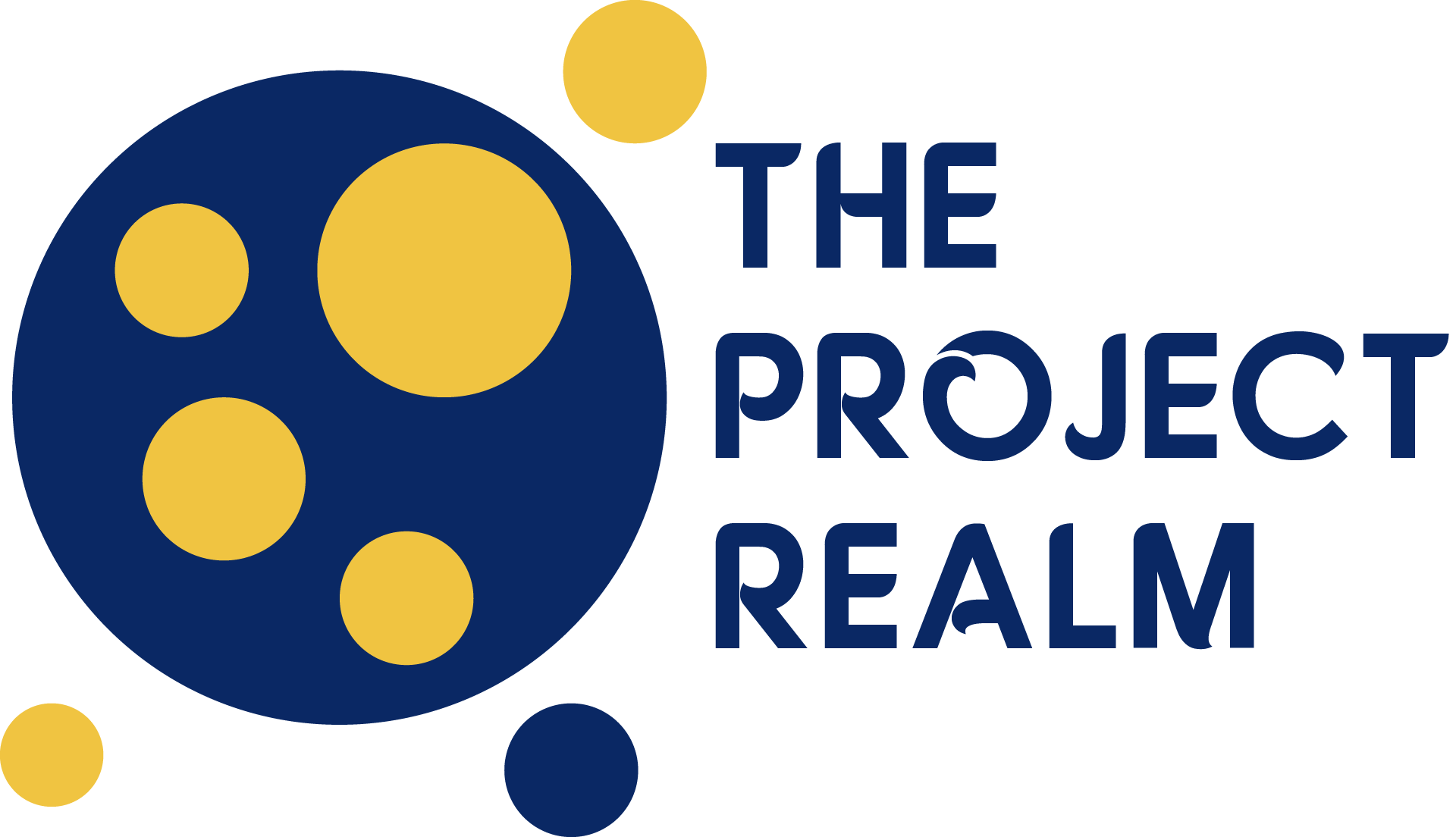Content
- The Challenge(s)
- The Goal
- Considerations
- Next Steps
The Challenge(s)
From a management perspective there can be many challenges to improve your project environment(s). These challenges can come from different realms. Here are just a few of the challenges you might be facing.
1. There is no established norm that actually captures and maintains retrospectives and lessons learned.
2. There is no organized approach to improvements. And while intent is good, the results of those efforts seldom are good.
3. The fast pace of business and changes to the business through acquisitions, new clients, new market demands make continuous improvement seem impossible and just an out-dated, but nice theory.
The drive to improve an organization should be a core element in the company culture. Although, the system of “continuous improvement,” is rarely aligned in many organizations to actually make improvements in a continuous way.
There are many causes, angles, and needed follow-throughs to make continuous improvement work. This article will cover some basics around addressing the three challenges named above to get a good start and next steps for your continuous improvement efforts.
The Goal
The goal in the organizations I have experienced that are seeking legitimate improvement is to establish processes and norms that enable better quality, speed, ease, benefit (you name the chosen improvement area) for all projects. And to continually maintain and then improve that standard.
Considerations
Improvement can be judged in at least two different ways.
1. Improve the speed, quality, outcome of a project or projects by applying one-off efforts.
2. Or improve the system or project environment for noticeable positive change for all projects that go through that project environment.
Number 1 I see as more of a project expediter role. By itself this doesn’t make the environment better and relies heavily on individual effort. And I see number 2 as more of an organization change role, even though you might not have anyone with that title doing this work. This kind of effort sets the system up for success which makes it easier for projects to be successful.
Challenge 1: “There is no established norm that actually captures and maintains retrospectives and lessons learned.”
Many organizations do not have a repository of retrospectives and lessons learned, despite capturing these as part of their policy and norms. There are a few reasons why these may not be stored. See if any of these are potential roadblocks are in your organization.
1. There isn’t a designated place or established norm/policy on how, or what format in which the retrospective or lesson learned needs to be stored.
2. Lessons haven’t been stored in a useful or easily accessible format for searching or referencing.
3. The norm on the project at times of initiation and risk management does not include referencing the lessons learned repository.
4. Management must review and approve the lessons learned before publishing and storing them. (Yes, having tact and not turning lessons into finger pointing is important. But whitewashing real issues in the environment can quickly kill any continuous improvement effort whether the policy is documented or not.)
Challenge 2: “There is no organized approach to improvements. And while intent is good, the results of those efforts seldom are good.”
There are also multiple reasons for good intentions not resulting in good outcomes. See if any of these may ring true in your environment.
1. An issue is discovered. Multiple parties try to address the issue in different ways or even in the same way by different parties.
2. Each organizational group has its own improvement efforts and methods. And there are project efforts to make improvements as well. They often overlap and cause more confusion.
3. Improvement ideas come from all over. Some get visibility through a workflow and are prioritized, while others may have different stakeholders and timelines for review. The improvements do not come through one funnel which then causes chaos.
4. Groups or project teams that become aware of an opportunity for improvement take the reigns and start improving. This may in turn lead to sub-optimizing a process that causes more lag or overhead for other parts of the bigger process.
Challenge 3: “The fast pace of business and changes to the business through acquisitions, new clients, new market demands make continuous improvement seem impossible and just an out-dated, but nice theory.”
Business can move fast, and changes can come from many places and causes. When trying to fine tune and improve a process or project environment that is regularly changing from other causes, it can be challenging at the best of times. Assess if any of the following are true in your situation.
1. The pace and resource doesn’t allow enough time to document or reference lessons learned. (Now that you see this sentence written you may be able to fill in the next sentence yourself. “If you don’t have time to document learnings from the past, you are doomed to repeat the same mistakes.”)
2. Clients, management, the organization, the market, vendors, distributors, team members, … ALL want improvement changes to this process. And there is no prioritization that will make them all happy. (This is a challenge and may require some work, and tactful communication to establish a prioritization framework.)
Next Steps
If you are still reading, you may ask yourself “Haven’t I figured out what I needed to do from identifying which points under the above challenges where relevant to me?” Indeed, I hope that from the wording above you can start to see what areas you may want to push on to start resolving challenges you may have in your project environment.
Here are a few summary points with which to take your next steps forward in continuous improvement.
A. Establish the capture and storage of continuous improvement ideas and lessons in an easy to use, accessible repository. And deal with any issues that get in the way of this.
B. Establish a clear and aligned documented process from start (where all the different improvement ideas and lessons come in), through to who takes action on making the improvement, to completing and communicating any new changes to all involved.
C. Establish a strong policy to establish and maintain what your continuous improvement process is and keep it updated through all the many herky jerky changes that happen in business. This includes what your organization’s priorities are, aligned with the mission and goals. After all, if you really want to improve how are you going to do it without a scorecard and all playing on the same field?
Continuous improvement takes continuous effort. Sometimes a third party can help clarify what is really going on and provide some input on how to help take your specific next step. The Project Realm is here to help you when you have those challenges with your projects and project environments. Call us when you are ready to take that next step.




